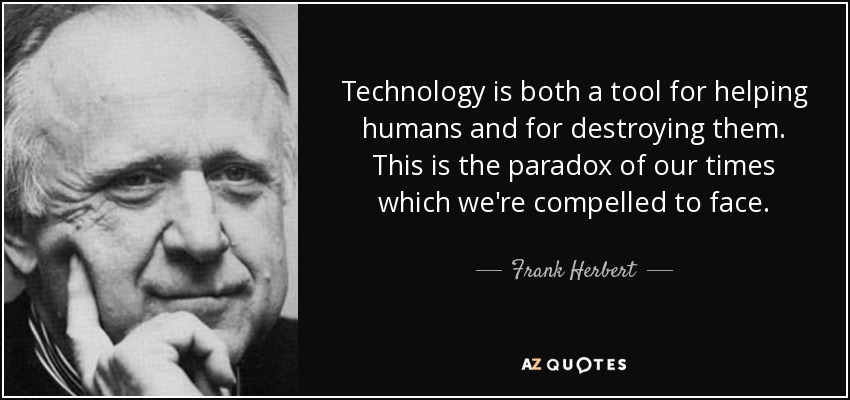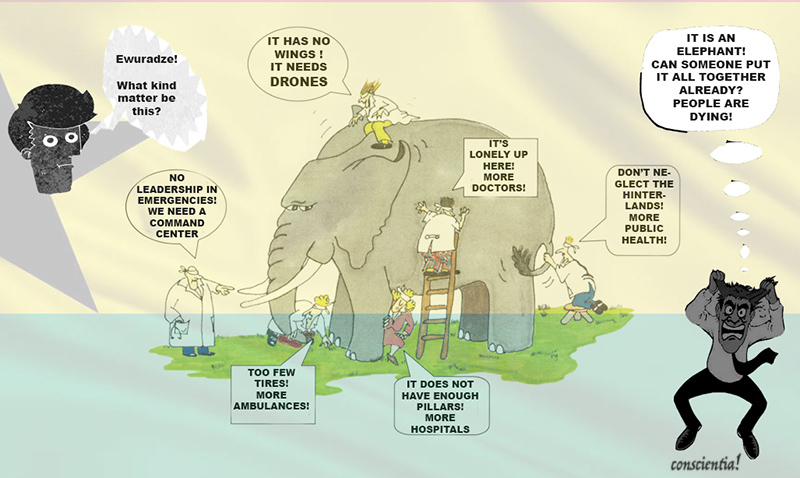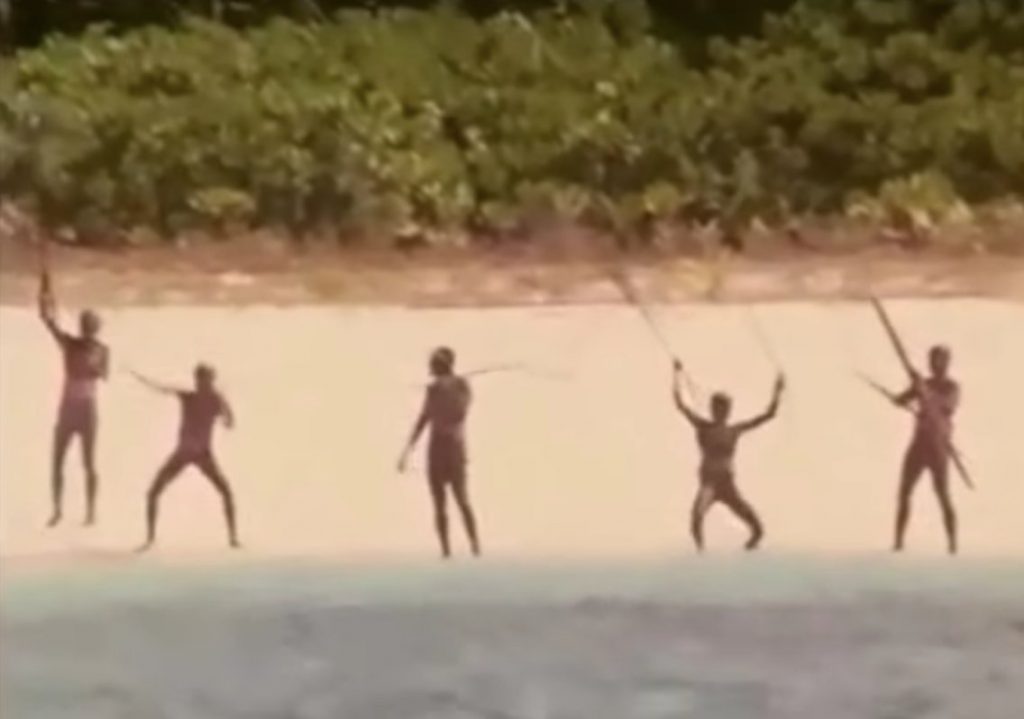
On June 29, 2007, Apple Inc released a device that has revolutionized how we live, communicate, shop or even read – the iPhone. Two years later, it released the iPhone 3GS, opened the App store and came up with the catchphrase, “There is an app for that”. Later that year, the company would patent the phrase.
Ever since those days, apps have literally become a very important part of our digital lives. As of the end of the 3rd quarter of 2018, Android users had 2.1 million apps to chose from whereas the Apple AppStore had about 2 million.
Apps have come to epitomize the role of technology in human lives and this is not new. Innovation got Homo Sapiens out of caves, away from a culture of hunter-gathering into large settlements all the way to the metropolises some of us live in now. Technology has led to longer life-spans and in some regards, higher standards of living. On the flip-side, it has also helped us destroy our environment and made it easier to kill each other.
However is the fact that we now want an app for all activities and pursuits, is the fact that we want technology to make life easier always a good thing?
In 2010, Airbus announced its new A320 class of engines. These were supposed to be more fuel-efficient and more cost-effective. Boeing rushed to get out its own version. The strategy depended heavily on building a plane that worked essentially the same as the previous generation. Out of the highly successful 737 came the 737 Max. This time around, Boeing put the engines on the 737 Max at the back making it back heavy and changing the center of gravity of the planes. This led to a situation where on take-off, the back sank and the nose pointed up, a condition that could lead to the plane stalling.
At this point, Boeing engineers had 2 options – place sensors in the plane to detect the impending stall and fix it through a computer program that forced the nose down or let the pilots take care of it at a time when the plane was being flown manually.
Well, in a world where there is an app for everything, guess what the engineers did?
They installed the MCAS (Maneuvering Characteristics Augmentation System) to sense and correct this. Now it is possible that malfunctioning sensors may have caused the MCAS to also malfunction and contributed to two plane crashes in 5 months that have claimed 346 lives!
Presently, there are very few hospitals in the US that do not boast of an electronic medical record system (EMRS). Pushed by former President Obama as part of the ACA, they have largely replaced paper records and the illegible writing of doctors. Yet, like a recent piece in Fortune magazine titled “Death by a Thousand Clicks: Where Electronic Health Records Went Wrong” shows, this technology may have just birthed a whole new set of very bad problems.
The report cites examples of bad software that has dropped orders for important tests leading to patient mortality. In my own experience, I think EMRS take from the very essence of patience care – observing the patient! Walk into any hospital or doctor’s practice these days. Providers are not observing patients! They are starring at screens!
This is not to say the idea of EMRS is bad or that trying to prevent the 737 max is out of line. Not at all. The question I am trying to ask is, “Should there really be an app for all that?” Should technology always be harnessed? Can we leave certain processes and procedures to human judgment or are we too fallible to be trusted?
Social media has really flattened the world. The whole place has morphed into a global village of “likes” and “hashtags”. Yet, there are dark sides to this technology. The spread of fake news, the unauthorized sale of personal data, issues of validation, comparison, bitterness, and even isolation. It decreases attention span and makes us care about the wrong things. Zuckerberg et al got us an app that brought the world nearer. Did we really need an app for that?
Technology is at the verge of giants strides in artificial intelligence (AI) and machine learning. Soon, several professions will be obsolete because machines will take over the intellectual aspect of these pursuits – lawyers, accountants, radiologists, to name a few. Is this really the world we want to live in?
When most people think of the movie “The Terminator”, the picture of Arnold Schwarzenegger saying “I’ll be back” comes to mind. However, the movie is much more. Like Adrian McCullen wrote on “Medium”: “The real theme of ‘The Terminator’ is about Skynet, a powerful AI that becomes self-aware. The film centers around the dangers of AI dominance, where AI (in the form of robots) rejects human authority and realizes that to be fully in control, humans need to be terminated, much like the realization of the AI, HAL in the phenomenal 1968 Stanley Kubrick classic ‘2001: A Space Odyssey’.”
At the risk of sounding anti-science, which I am definitely not, maybe the world needs to sit back and consider when to let technology take a back seat and allow humans to take control.
Steve Jobs, in a 1994 Rolling Stone Interview said: “Technology is nothing. What’s important is that you have faith in people, that they’re basically good and smart, and if you give them tools, they’ll do wonderful things with them.”
If we could really look at technology as a tool, then we would know when to use one and when not to. Then we’ll realize that the fact that we have hammers does not mean everything is a nail. Then maybe we’ll accept the truth that there should not always be an app for that!




